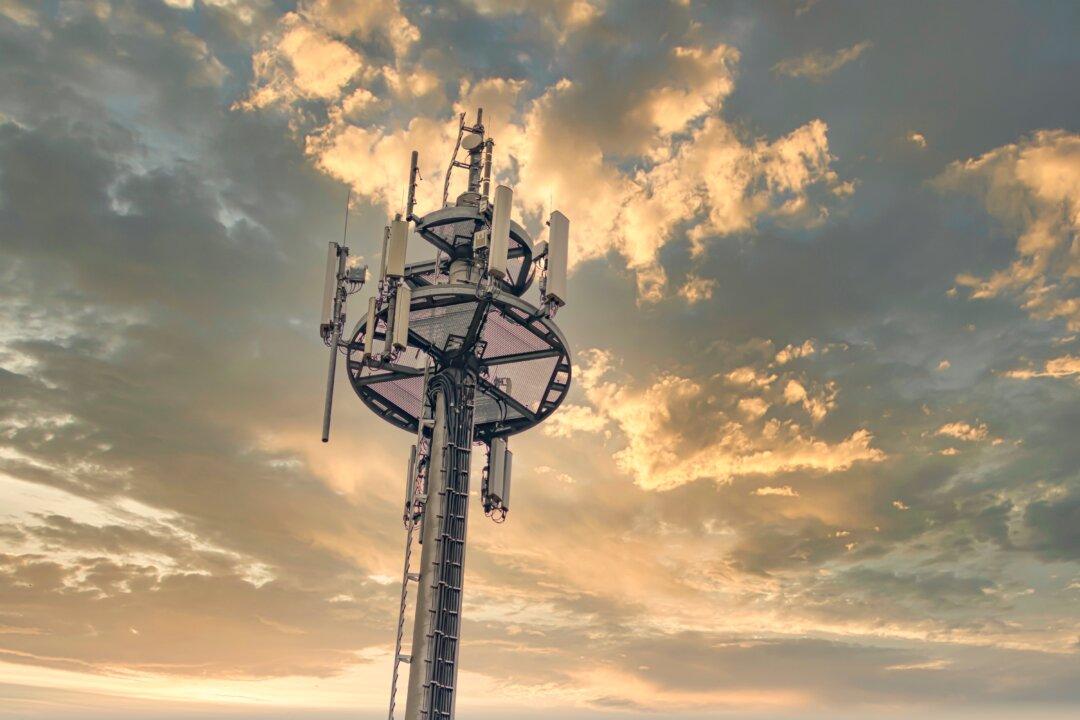Microwave radiation can cook your food, but it also carries your calls, texts, and wireless data. Regulators set strict guidelines on microwave ovens to prevent exposure to dangerous radiation leaks, but critics say the lax standards applied to wireless devices are the result of undue industry influence over the Federal Communications Commission (FCC).
According to the FCC, the dividing line between safe and unsafe exposure is basically a matter of heat. If that radiation can produce a thermal effect, like burn us, it is dangerous. The FCC does not recognize other biological impacts of microwave radiation on our bodies.






